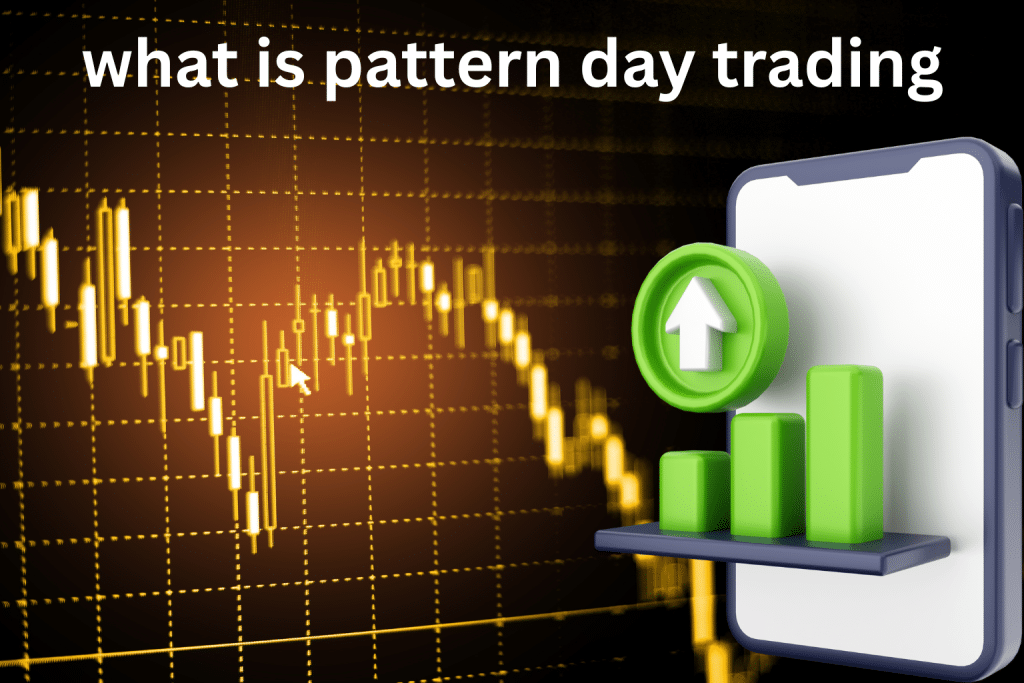What Is Pattern Day Trading? Rule, Limits & How to Avoid Violations

If you’re actively trading U.S. stocks, you may have come across the term “Pattern Day Trader” or PDT rule. Understanding this rule is essential for anyone making multiple trades in a week—especially those with smaller accounts.
This blog explains what pattern day trading is, how the rule works, and how you can trade smart without violating it.
What Is Pattern Day Trading?
Pattern day trading refers to the practice of executing four or more day trades within five business days in a margin account, if those trades represent more than 6% of the total trades in that time.
A day trade is defined as buying and selling (or short-selling and covering) the same stock or option within a single trading day.
What Is the PDT Rule?
The Pattern Day Trader (PDT) rule is enforced by FINRA and applies to U.S. brokers. Under this rule:
- If you’re flagged as a Pattern Day Trader, you must maintain at least $25,000 in your margin account at all times.
- If your account falls below $25K, your ability to day trade will be restricted.
PDT Rule Key Highlights
| Feature | Details |
|---|---|
| Applies To | Margin accounts (not cash accounts) |
| Minimum Equity | $25,000 |
| Trigger Condition | 4+ day trades in 5 business days |
| Penalty | Account restriction until minimum is restored |
| Broker Notification | You’ll receive a warning and possible restriction notice |
Example of Pattern Day Trading
Suppose you:
- Buy and sell TSLA on Monday
- Buy and sell AAPL on Tuesday
- Buy and sell MSFT on Wednesday
- Buy and sell AMZN on Thursday
That’s 4 day trades in a 5-day window → you are now flagged as a Pattern Day Trader unless you have $25,000 in your account.
How to Avoid PDT Violations
- Use a Cash Account: You can day trade without PDT rules, but you’re limited by settled funds
- Trade Fewer Than 4 Times in 5 Days: Stay under the radar
- Use Offshore Brokers: Some don’t enforce PDT, but tread carefully
- Split Across Multiple Brokers: Divide trades to avoid crossing limits
- Increase Account Balance: Maintain $25,000+ in a margin account
Does the PDT Rule Apply to Crypto?
No. The Pattern Day Trader rule applies only to U.S. equities and options. Crypto exchanges are not subject to FINRA’s PDT rules—though risk remains high.
Final Thoughts
Pattern day trading rules are designed to protect inexperienced traders from high-frequency loss potential—but they also limit freedom for active traders with small accounts.
Understanding the PDT rule helps you avoid unnecessary restrictions and trade more strategically. If you’re just starting, plan your trades accordingly or consider alternatives like swing trading or crypto trading until your account grows.
FAQs
Q1. Can I get unflagged as a Pattern Day Trader?
Yes, some brokers allow a one-time reset. You can also wait 90 days or upgrade your account balance.
Q2. Does the PDT rule apply to options trading?
Yes. Options are treated the same as stocks under the PDT rule.
Q3. Can I day trade in a cash account?
Yes, but you’re limited by the amount of settled cash available.
Q4. What happens if I violate the PDT rule?
Your broker may lock your account from making day trades until you restore the $25K minimum.
Q5. Does the PDT rule apply in all countries?
No. It applies to U.S.-regulated brokers only.